Do you know how to administer life-saving CPR?
That’s the question people in Kirkcaldy were being asked at an event on Friday.
A free CPR training event was held by staff and students from the University of Dundee School of Health Sciences and School of Medicine.
They were joined by Save a Life for Scotland and Scottish Ambulance Service personnel.
And I went along too, to give it a try.
The organisations were visiting the Lang Toun, as well as the Overgate Shopping Centre and Dundee University Students’ Association as part of Restart a Heart Day.
Trained coaches were on hand to provide quick, informal training on the procedure.
And the same equipment used to train healthcare students at the University’s campuses in both Dundee and Kirkcaldy was also used.
Why do we need to learn CPR?
More than 3,000 people across Scotland are treated by ambulance personnel following a cardiac arrest every year.
However, given the urgent need for CPR in the aftermath of such a medical event, around only 1 in 10 people survive.
Starting CPR while awaiting professional medical help can double this chance of survival.
And it’s a skill almost anybody can learn.
Lisa MacInnes, Director of Save a Life for Scotland, says: “Phoning 999 and starting CPR is the most important thing anyone can do for someone suffering an out-of-hospital cardiac arrest.
“Our aim is to equip one million people with CPR skills by 2026 to help more people survive cardiac arrest.”
What did I learn in five minutes?
I was surprised how much I learned from the trained students and personnel.
The training was simple, but informative.
And step by step, I was guided through what to do if I was ever to encounter someone who needed help.
My immediate reaction would be to rush in – but first you must check for dangers around the person – broken glass, live wires or anything else that could cause harm.
To them or you.
From there, I was taught to try see if the person was responsive and check if they were breathing.
Calling for help and phoning 999 is the next step before starting CPR.
I was shown the positions my hands, arms and body should be in and then began.
It took more physical effort than I’d expected.
But the training I received gave me confidence I was doing it properly.
And it was great to see young and old take part and learn CPR.
You’ll be surprised how much you can learn in five minutes.
And that five minutes of your life might just save someone else’s.
Give it a try.
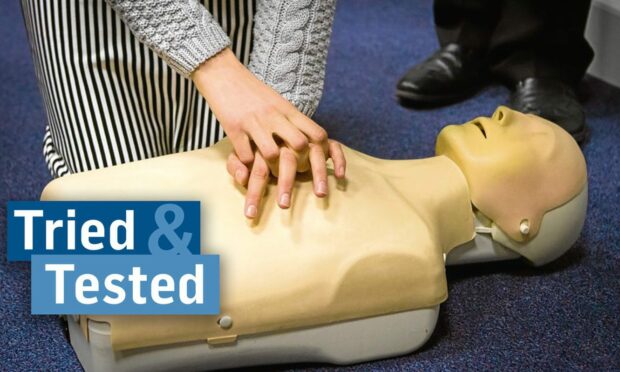
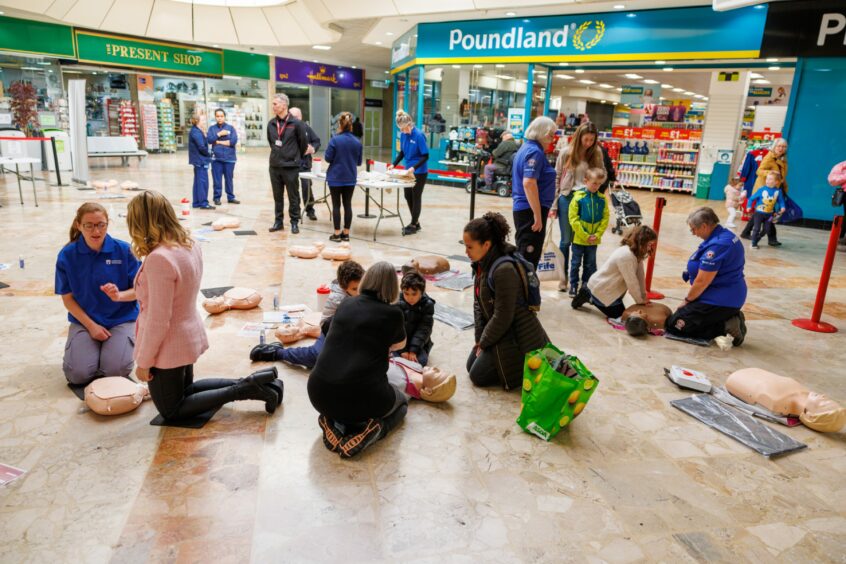
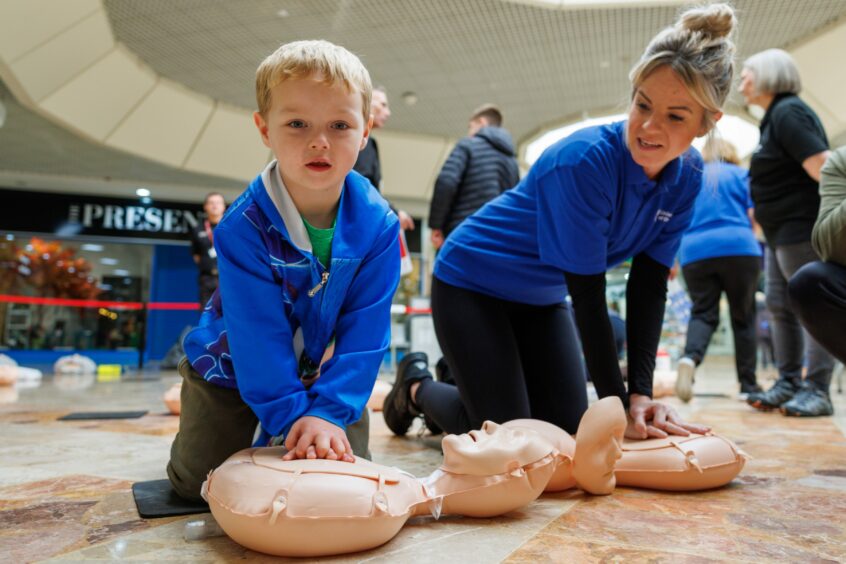
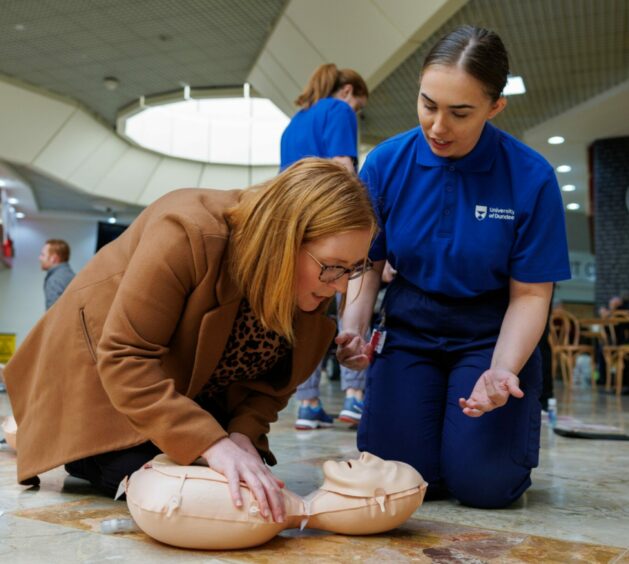
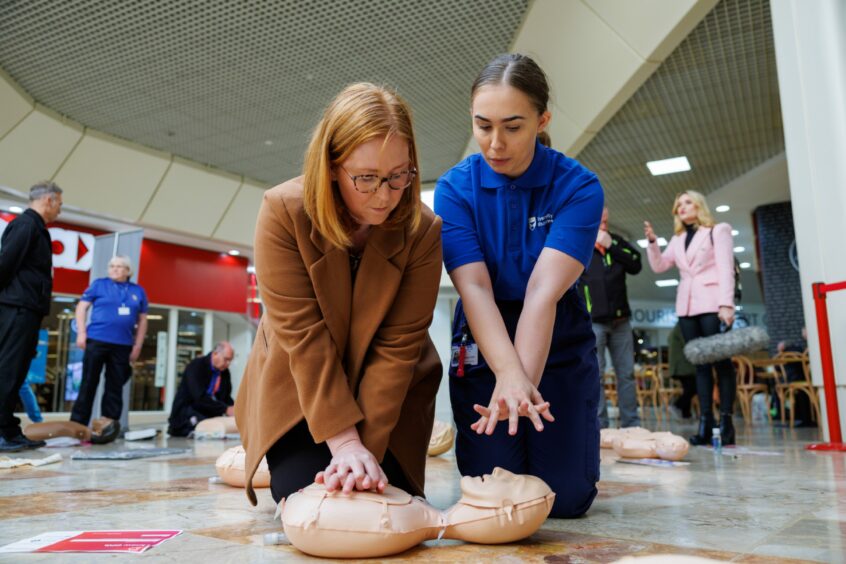
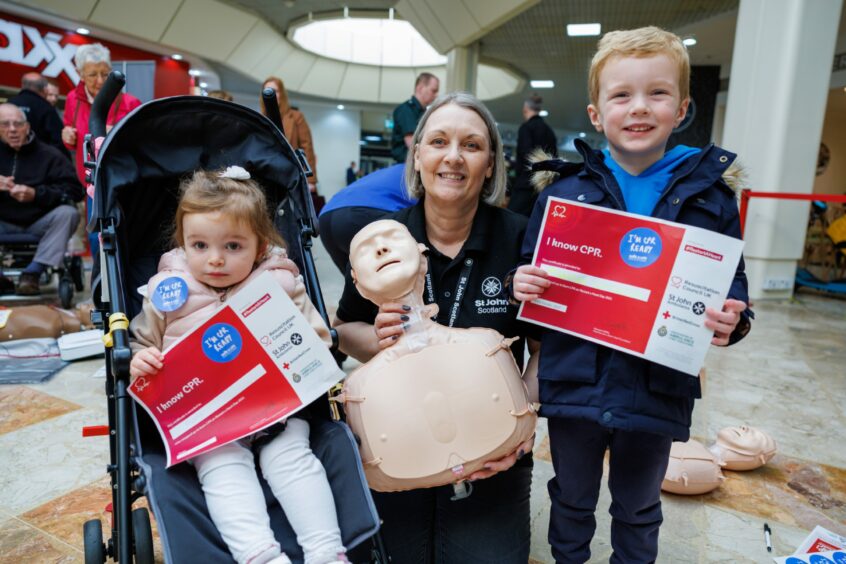
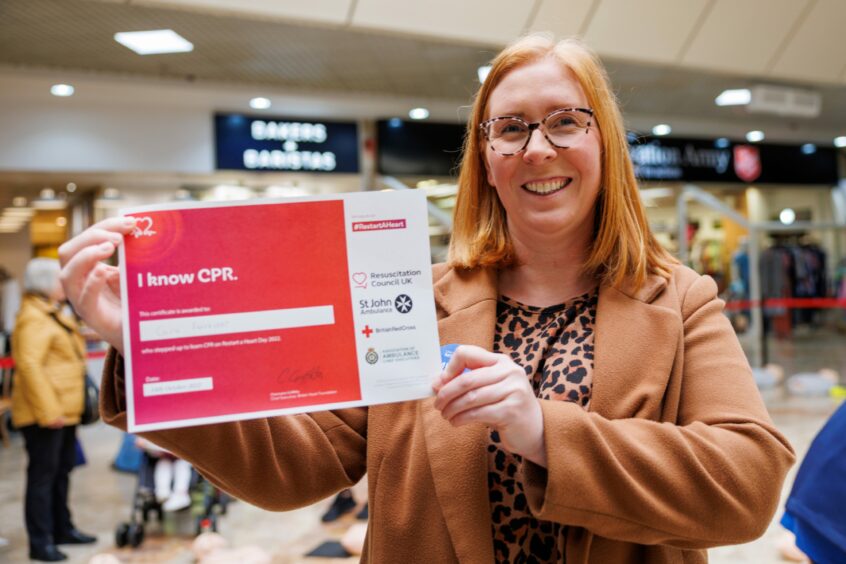

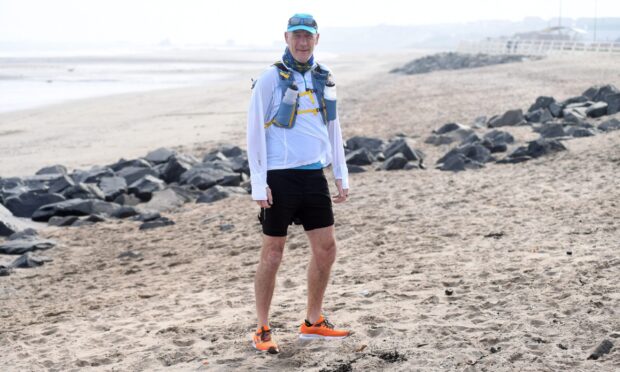
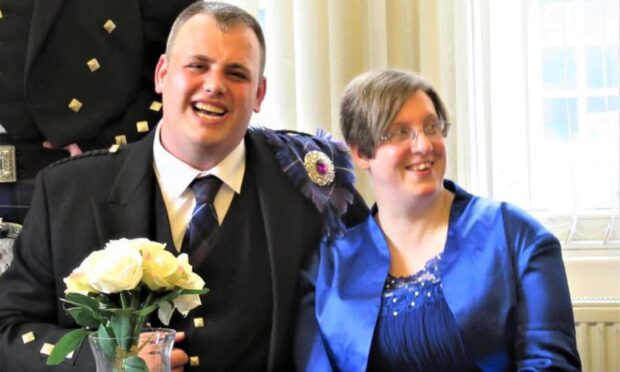
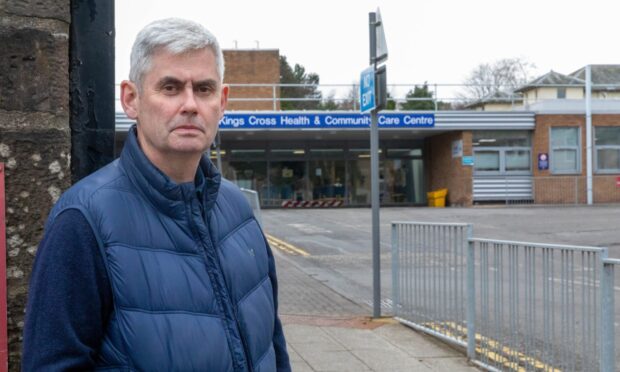
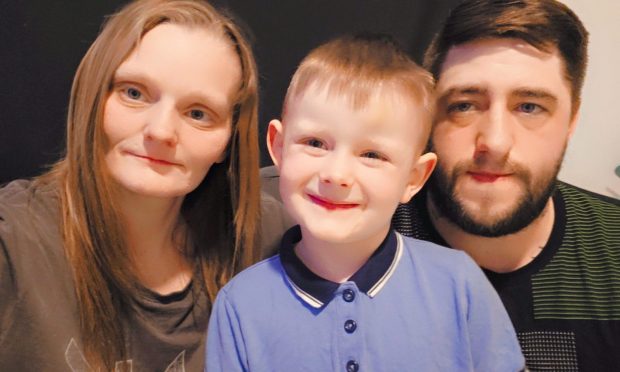
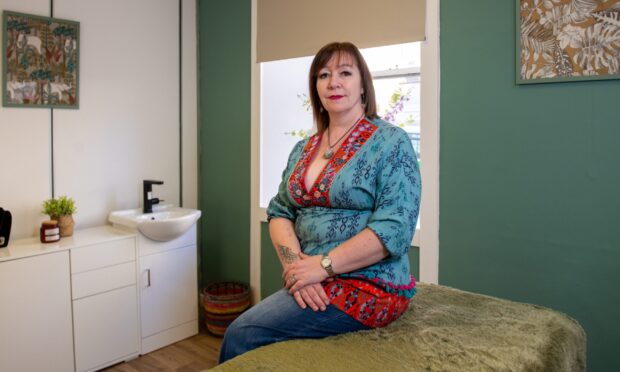
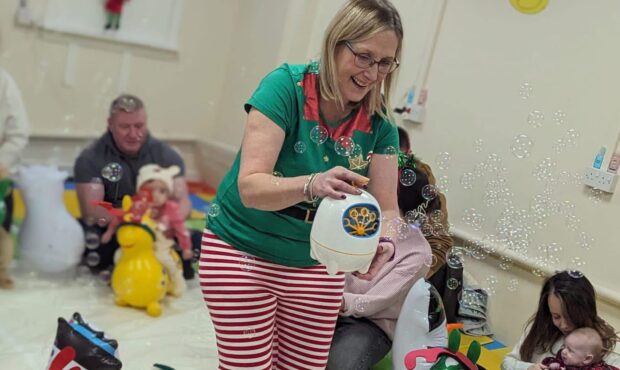
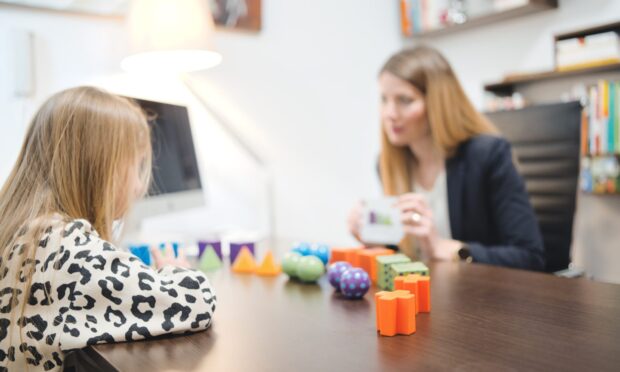
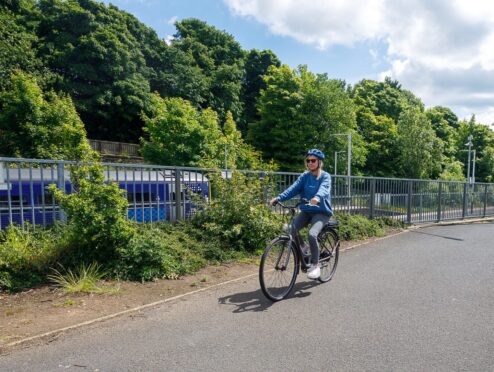
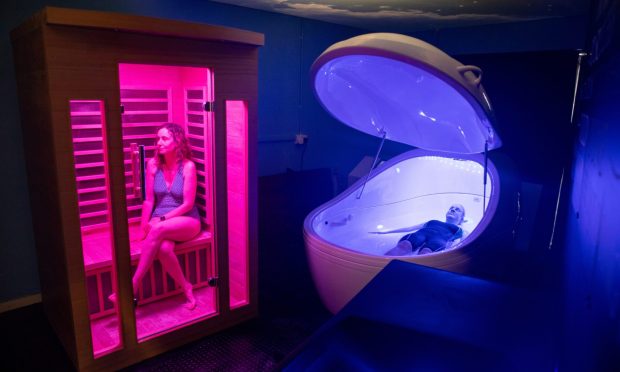
Conversation